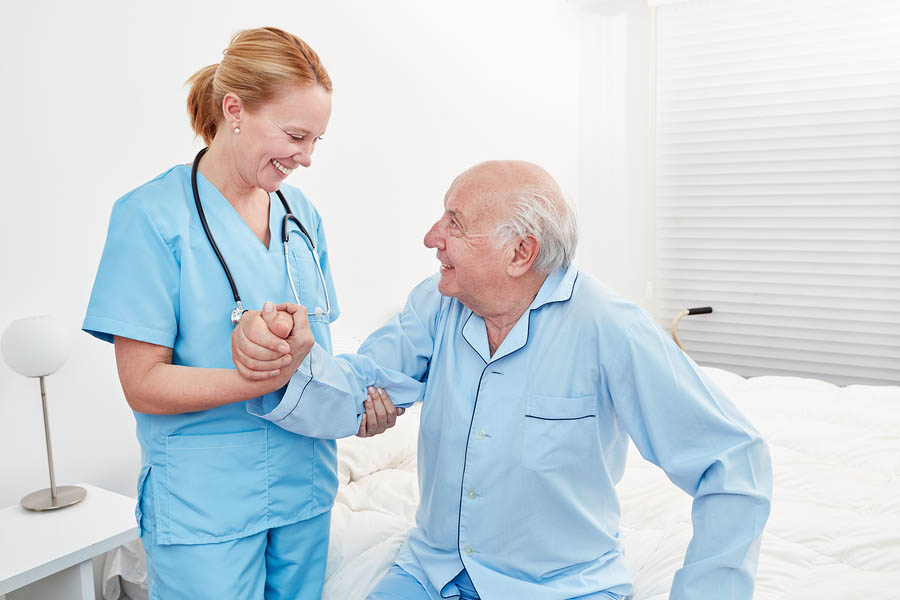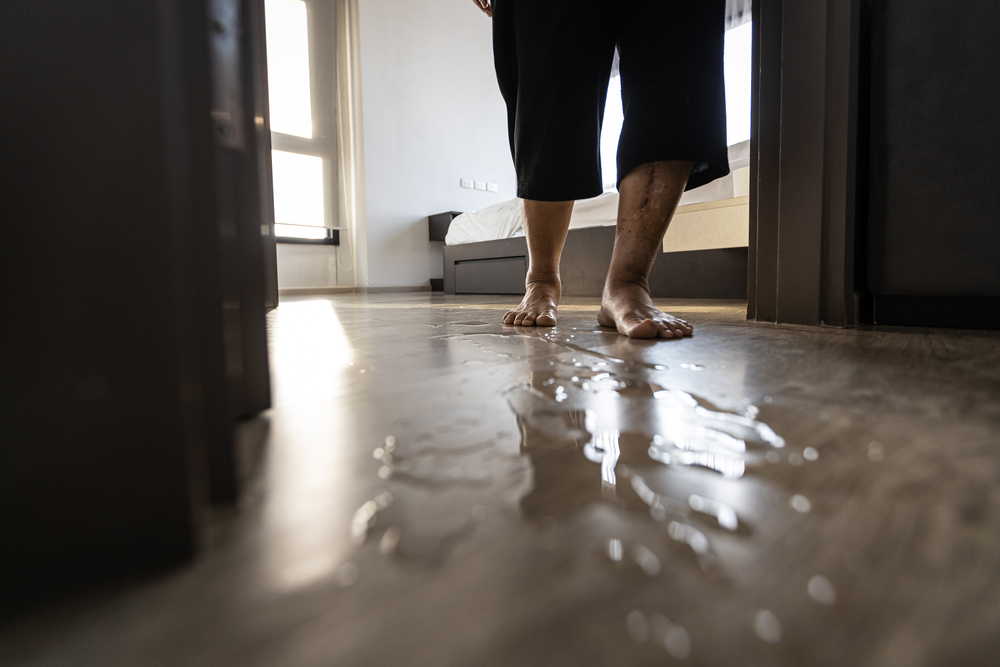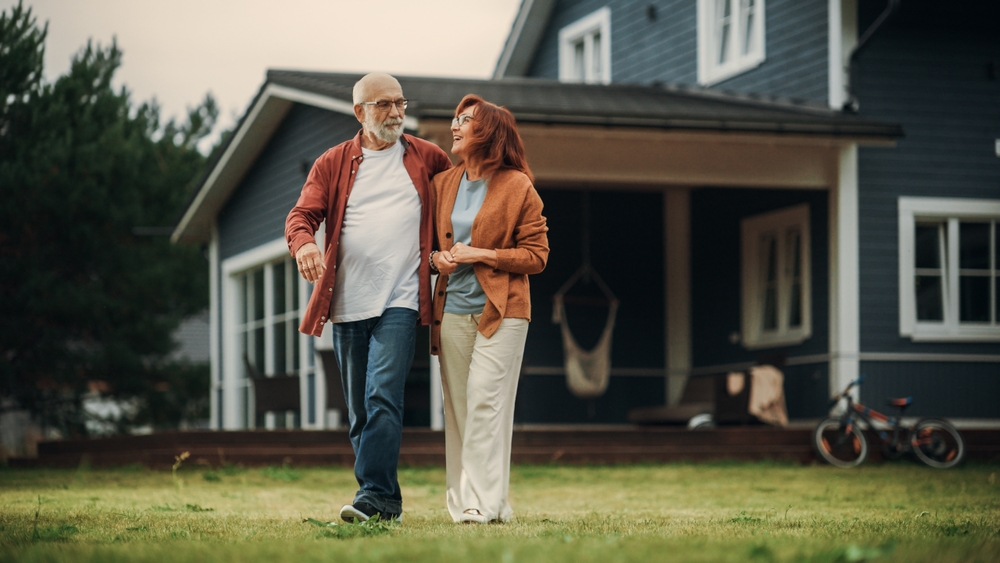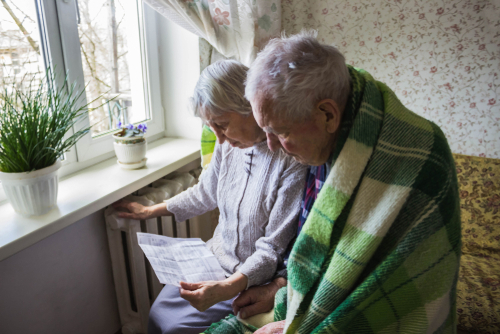Help Getting Into Bed for the Elderly
Category:

As we grow old, we lose flexibility, muscle strength, and balance. We may also contend with painful joints and a variety of health conditions, from Parkinson’s to dementia. All of these things may make getting in or out of bed more challenging and more dangerous. The good news is that if you’re able to identify the best bed height for seniors, these kinds of challenges can usually be overcome.
Ideal Bed Height for Elderly People
There are no one-size-fits-all solutions to bed height because height and mobility limitations should inform your decision. But a rough ballpark figure for safe bed height is between 18” to 23”; approximately the same height as a chair. Of course, these figures are always relative to the individual. So there are a couple of guidelines you can use to narrow down your choice.
While standing on the floor without shoes, you generally want the bed about 2” higher than knee level. Similarly, while sitting on the edge of the bed, your feet should be allowed to rest flat against the floor. And in that position, your knees should share alignment with your hips. This bed height allows a person to gently lean forward to enter the standing position. If a person’s knees are above their hips, that indicates the bed is too low. As a result, leaving the bed becomes more difficult.
Fortunately, raising or lowering beds is usually a simple matter. For raising the bed, it’s possible to find inexpensive wooden bed blocks in a variety of sizes. For creating a lower bed height for elderly people, you can try removing bed frames, wheels, mattress toppers, or box springs. Remember, lowering the height of the bed can make getting in easier, but getting out harder.
As such, it’s important to test that loved ones can do both after making any height adjustments.
How to Get an Elderly Person Out of Bed
Getting someone in or out of bed can be quite dangerous for everyone involved. Improperly lifting or moving someone can lead to dislocated or broken bones, skin damage, muscle trauma, and similar health problems.
Learning how to help the elderly get into bed is largely about understanding how much support a person needs, and whether they have any wounds or special physical needs. Assuming they do not, a bed transfer is usually simple. With bent knees, keep the body in a straight line while helping to lift someone’s weight. Avoid sudden movements as they can lead to falls and injures.
Beyond that, there are also several tools to make the job easier, like a slide board or gait belt. Similarly, there are several bed aids that can make getting out of bed for the elderly a little easier. For instance, bed rails are essentially handles that can be attached to the side of a bed, granting seniors added support while getting in or out.
Depending on a person’s physical limitations, they might also want to use a leg lifter, transfer pole, or folding cane. These kinds of devices can help a person support their weaker extremities with stronger ones. That way, people with weak upper body strength can compensate for it with their lower body strength, or vice versa.
Help Getting into Bed for the Elderly
Getting in or out of bed can be challenging for many. But with a little help, instability and weakness don’t have to stand in the way of safety or independence. Just remember to test any changes you make to bed height because getting in and out of a bed places different demands on different parts of the body.
Subscribe
Date: September 10, 2019
Category:


